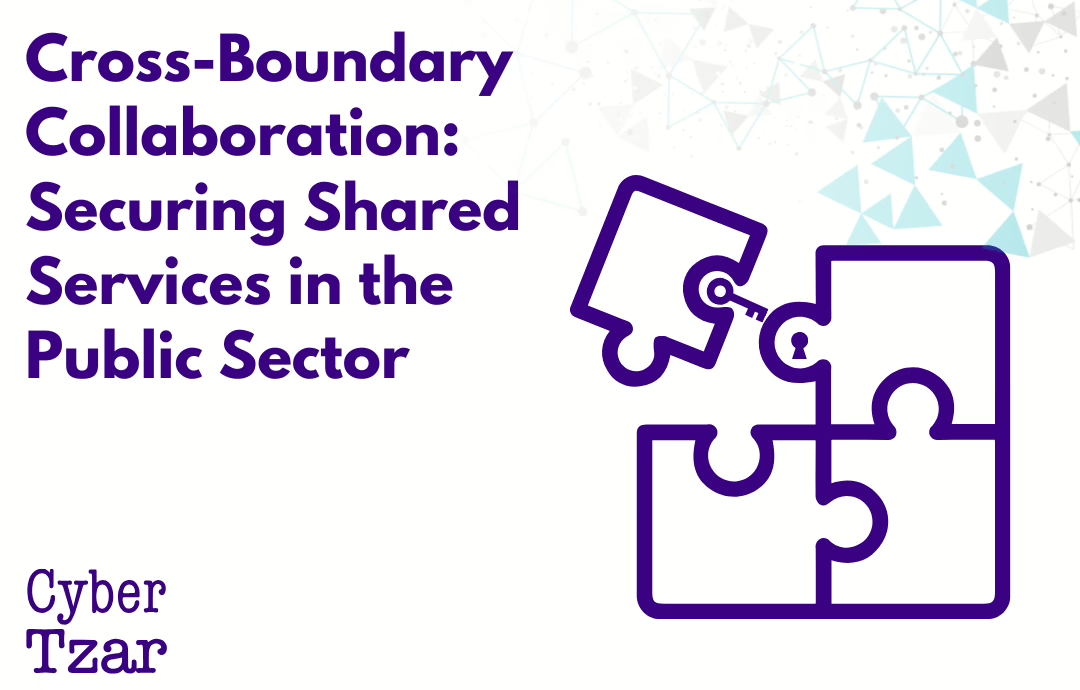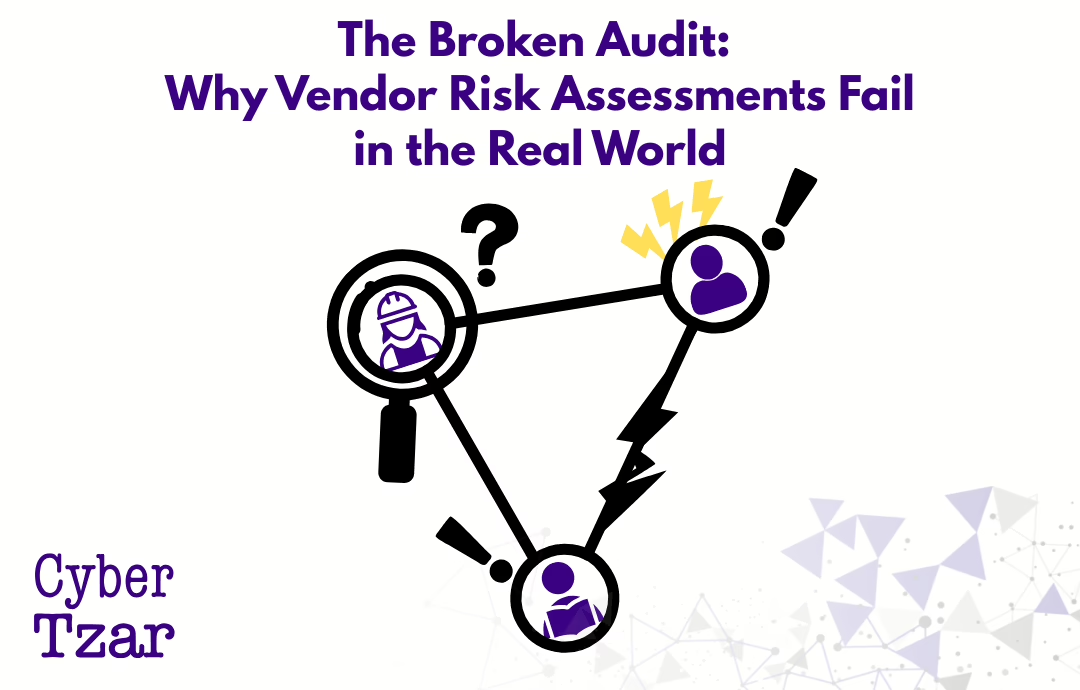From joint council initiatives to shared NHS delivery units and cross-force police services, public sector organisations are increasingly collaborating to reduce costs and improve services. But while operations become more interconnected, cybersecurity often lags behind.
When multiple public sector bodies share services — whether it’s IT, HR, licensing, or procurement — they also share risk. And unless that risk is properly understood and managed across organisational boundaries, it becomes a liability waiting to surface.
Shared Services, Shared Risk
These collaborations are often built on good intentions: save money, increase efficiency, improve delivery.
But shared digital systems, outsourced suppliers, and common platforms mean that a weakness in one partner can compromise the entire service.
🧩 Example Scenarios:
-
A poorly secured third-party system used for shared licensing exposes all contributing police forces
-
A cloud-based HR system adopted by two councils lacks multi-factor authentication, putting all employee records at risk
-
A joint NHS research initiative uses unmanaged cloud storage, leaking sensitive patient data and research IP
When responsibility is distributed, attackers don’t care who owns the data — only who leaves the door open.
Why Traditional Risk Management Fails Here
🔍 Fragmented accountability – No single entity “owns” cyber risk in joint setups
📜 Varying policy maturity – One council may follow NCSC guidance rigorously; the other might not
🛠️ Legacy tools and processes – Manual audits and static questionnaires can’t keep pace
📉 No unified reporting – Each entity may assess risk differently, making board-level decisions harder
In a shared environment, cyber risk is only as strong as the weakest contributor.
What a Better Approach Looks Like
To manage cyber risk across boundaries, public sector organisations need a platform that can:
✅ Scan and monitor all participating entities — regardless of structure
✅ Deliver unified dashboards — with risk rolled up across shared services
✅ Benchmark maturity — highlight where one partner needs to catch up
✅ Provide regulatory alignment — support frameworks like NIS2, ISO 27001, Cyber Essentials
✅ Offer real-time risk visibility — not delayed spreadsheet reviews
Cybersecurity isn’t a local issue anymore. It’s regional. It’s national. And increasingly, it’s shared.
How Cyber Tzar Secures Collaborative Public Services
Cyber Tzar provides:
🔗 Scanning of shared platforms across multiple public sector entities
📊 Aggregated risk views for boards, committees, and partnership leads
🛡️ Insights aligned to NHS DSPT, Cyber Essentials, ISO, and DORA
📍 Risk maps across councils, police forces, NHS Trusts, and third-party vendors
📈 Trend analysis — so partners can track joint progress over time
We help public sector leaders take collaborative security seriously — without adding bureaucratic overhead.
Final Word
Public sector collaboration is smart. But collaboration without shared cyber governance is dangerous.
If you’re sharing systems, suppliers, and services — you’re also sharing risk. And that means you need shared visibility, shared responsibility, and shared action.
📡 Want to secure your shared public service delivery?
📍 Start with a cross-partner cyber risk scan at cybertzar.com

